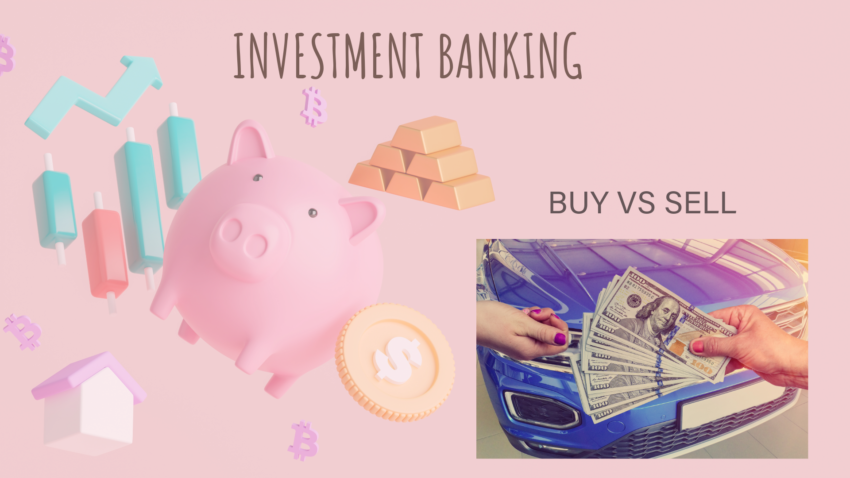In investment banking, knowing the difference between the sell-side and buy-side industries is essential. But ironically, many of us are unaware of these critical terms. This article will look at the definition of the Sell Side and Buy side, their meaning, and the market players on each side. Sell Side and Buy Side Let us understand what the sell side and the…
Category: Finance
All you need to know about Mutual Funds and its types
Types of Mutual Funds As an investor, you must be aware of these particular mutual fund schemes because whenever you invest in any mutual fund, you know that it is subject to risk. After all, it is linked to investment in marketable securities. You need to consider your risk appetite, and your investment objective, and…
What are Mutual Funds Investment?
MUTUAL FUNDS “MUTUAL FUND INVESTMENTS ARE SUBJECT TO MARKET RISKS. READ ALL SCHEME-RELATED DOCUMENTS CAREFULLY.” The above is a universal term; everyone must have seen this while reading something or listening to the radio and television. Every month when your salary is credited, you set aside a portion of your pay for savings. Savings can…



